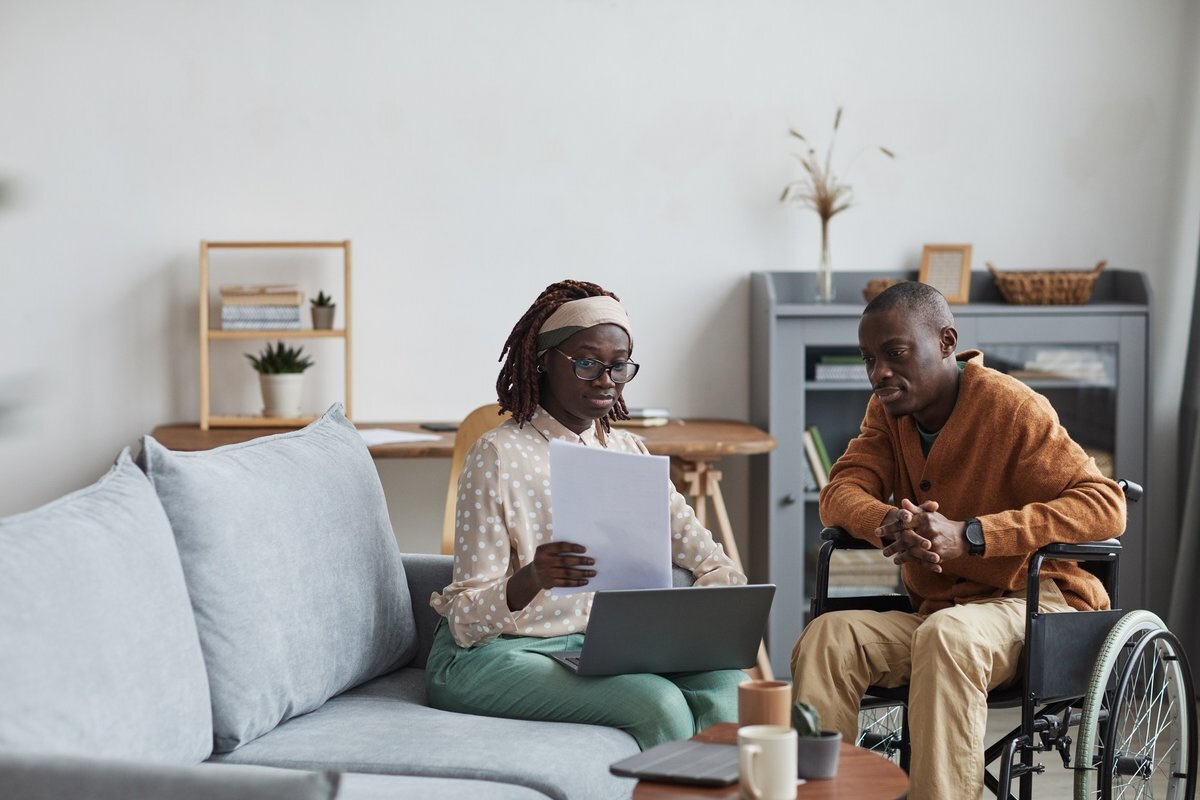The modern venture capital industry arguably dates to 1979 when federal regulators freed pension funds to make venture investments that helped unleash a technology revolution.
Similar changes in federal regulations now could unleash “impact investing,” argue more than two dozen leaders of the emerging investment approach in a new report. The report was released Wednesday at a White House event, where the Obama administration announced a package of executive actions and private-sector commitments.
“Private Capital, Public Good,” from the National Advisory Board on Impact Investing, aims to foment a U.S. policy debate about impact investing. Recommendations aim to remove obstacles and even create incentives for private investments that generate social and environmental as well as financial returns.”Many policies do not require any additional government spending,” the report states. “Those that do often repay their costs over time.”
The administration’s mostly small-bore actions included a $60 million USAID loan guarantee program for green household technologies for the “base of the pyramid” markets, refreshment of the Small Business Investment Company Impact Fund and a small “impact Africa” initiative to help early stage enterprises.
The turn to policy represents something of a coming of age for impact investors, who can now claim to represent at least $46 billion under management, according to a survey of 125 fund managers, foundations and development finance institutions by J.P. Morgan and the Global Impact Investing Network. That’s still a rounding error in the $210 trillion global financial market.
“This moment is about what the federal government can do to help achieve takeoff, to help catalyze capital that is still on the sidelines,” Paula Goldman, a senior director at Omidyar Network, itself a leading impact investment fund and a major sponsor of the National Advisory Board report said in an interview.
The clearest signal of federal support could again be changes to ERISA, the same 1974 Employee Retirement Income Security Act regulations that enabled pension funds to invest in venture capital. The advisory board wants the Department of Labor to clarify that the “fiduciary duty” of pension and other fund managers includes consideration of environmental, social and governance, or ESG, factors.
Many pension funds already are arriving at that conclusion, incorporating comprehensive risk analyses as they seek to match their long-term payout obligations with long-term investments. (Another report released this week, Risky Business, lays out one major set of risks, from climate change.)
For example, CalPERS, the nearly $300 billion California Public Employees Retirement System last year adopted new investment principles to nudge portfolio managers to account not only for technical market factors, but broad societal risks such as resource-availability. “A long-time investment horizon is a responsibility and an advantage,” CalPERS declared.
Federal definitions of fiduciary responsibility have seesawed. Until 2008, Clinton-era guidance from the Labor Department allowed pension plans to consider targeted economic, environmental and other concerns, as long as such investments provided the same level of risk-adjusted returns, the impact investing report explains. That was reversed in 2008 by new guidance that said fiduciaries “may never subordinate the economic interests of the plan to unrelated objectives.”
Many pension funds are attracted to renewable energy, emerging markets, sustainable agriculture and other “impact” areas with high growth potential and attractive yields. Clarifying that consideration of “ESG” is consistent with economic interest “can unlock billions of dollars,” Goldman said. “We shouldn’t have regulations that scare people off.”
To spur investment by private foundations in market-based solutions, the National Advisory Board proposed clarification of IRS rules around so-called “program-related investments,” or PRIs, that come from grant budgets but are allowed to generate modest returns. Just how modest has been a source of confusion, inhibiting the growth of PRIs, which have promise as a source of early risk-capital for ventures that may later become investable by commercial capital. The Treasury Department committed to finalize its guidance to foundations.
Similarly, the advisory board urged increased flexibility for the Overseas Private Investment Corporation, a government agency that encourages U.S. investment in emerging markets with debt financing, loan guarantees, risk insurance and matching funds for private equity funds — and produced net income of $436 million in 2013. The advisory board recommended that Congress give OPIC authority to make early-stage equity investments as well.
By invoking programs such as Community Development Finance Institution Fund, the New Market Tax Credit, the Community Reinvestment Act and USAID’s Development Credit Authority, the report retrofits an impact investing label around existing domestic and international initiatives. A chart traces the antecedents of impact investing to the 1950s and 60s.
At the White House event, a group of foundations, family offices and investment firms announced commitments to impact investing that could total as much as $1.5 billion over five years. Prudential Financial said its impact portfolio around social and financial mobility would reach $1 billion by 2020. The McKnight Foundation and the Rockefeller Brothers Fund said they would allocate 10 percent of their endowments to impact investments, committing $200 million and $84 million respectively. The Capricorn Investment Group said it would deploy $100 million over three years in sustainable real assets, including renewable energy and energy efficiency.
The report, the White House event and this week’s activities on Capitol Hill kick off a summer of impact investment advocacy that will culminate in a September report from a global task force established at last June’s G8 summit in the United Kingdom











